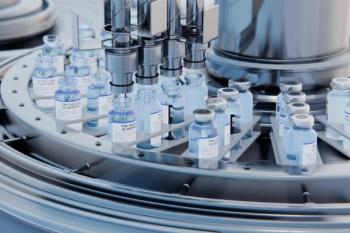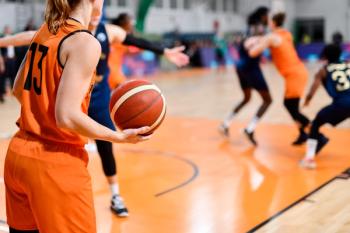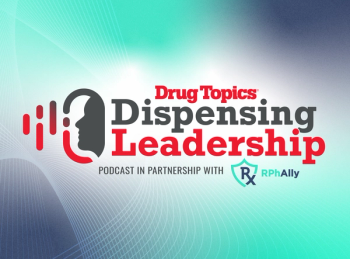
AAP now recommends HPV vaccine for boys
New guidelines for the use of the quadrivalent human papillomavirus vaccine, published by the American Academy of Pediatrics, recommend for the first time vaccinating adolescent boys as well as girls.
New guidelines for the use of the quadrivalent human papillomavirus vaccine (HPV4), published by the American Academy of Pediatrics (AAP), recommend for the first time vaccinating adolescent boys as well as girls.
The updated
The evidence for HPV4 (Gardasil, Merck) vaccination of males was evaluated using grading of recommendations, assessment, development, and evaluation methods, according to the report.
“The American Academy of Pediatrics has reviewed updated data provided by the Advisory Committee on Immunization Practices on vaccine efficacy, safety, and cost-effectiveness as well as programmatic considerations and supports this recommendation. This revised statement updates recommendations for human papillomavirus (HPV) immunization of both males and females,” stated Michael T. Brady, MD, committee chairperson, and colleagues.
There are 2 HPV vaccines available in the United States, but the indications for each differ, and only HPV4 is approved for use in males.
HPV4 has been recommended since 2006 for use in females aged 9 through 26 years for prevention of outcomes of HPV types 6, 11, 16, and 18, such as vaginal, vulvar, and cervical pre-cancers and cancers and genital warts.
The vaccine was approved in 2009 for use in males to reduce their risk of acquiring genital warts, but it was not routinely recommended. Now, however, data suggest an increase in HPV-associated cancers in men, according to the MMWR report.
“In males, high-risk HPV types are responsible for a large proportion of cancers of the mouth and pharynx, which are increasing in recent years, and of anal and penile cancers,” according to the AAP’s statement. “Each year in the United States, approximately 15,000 cases of cancer in females and 7,000 cases of cancer in males are caused by HPV types 16 and 18.”
Vaccinating males would help to prevent their risk of genital warts and anal cancer, the authors said. And vaccination likely would provide an indirect benefit for females by reducing HPV 6, 11, 16, and 18 transmission and resulting infection, disease, and cancers through herd immunity, according to both the AAP and MMWR reports.
The rationale for routine HPV vaccination for boys aged 11 and 12 years is twofold, according to the AAP. Data suggest that antibody responses are highest for boys aged 9 through 15 years, and the vaccine is only effective if administered before the onset of sexual activity.
The AAP’s recommendations for males include the following:
Routine immunization for all boys ages 11 to 12 years with a 3-dose series of HPV4, administered intramuscularly at 0, 1 to 2, and 6 months. The vaccine can be given starting at age 9 years at the physician’s discretion.
All males aged 13 to 21 years not previously immunized or who have not completed the 3-dose series should receive HPV4 vaccine.
Men aged 22 to 26 years who have not been immunized previously or who have not completed the 3-dose series may receive HPV4 vaccine. The guidelines note that cost-efficacy models do not justify a stronger recommendation in this age group.
Special effort should be made to immunize men up to age 26 years who have sex with men and who have not been immunized previously or have not completed the 3-dose series.
The AAP offers implementation guidance documents regarding supply, payment, coding, and liability issues, which can be accessed from the organization’s
Newsletter
Pharmacy practice is always changing. Stay ahead of the curve with the Drug Topics newsletter and get the latest drug information, industry trends, and patient care tips.




































































































































